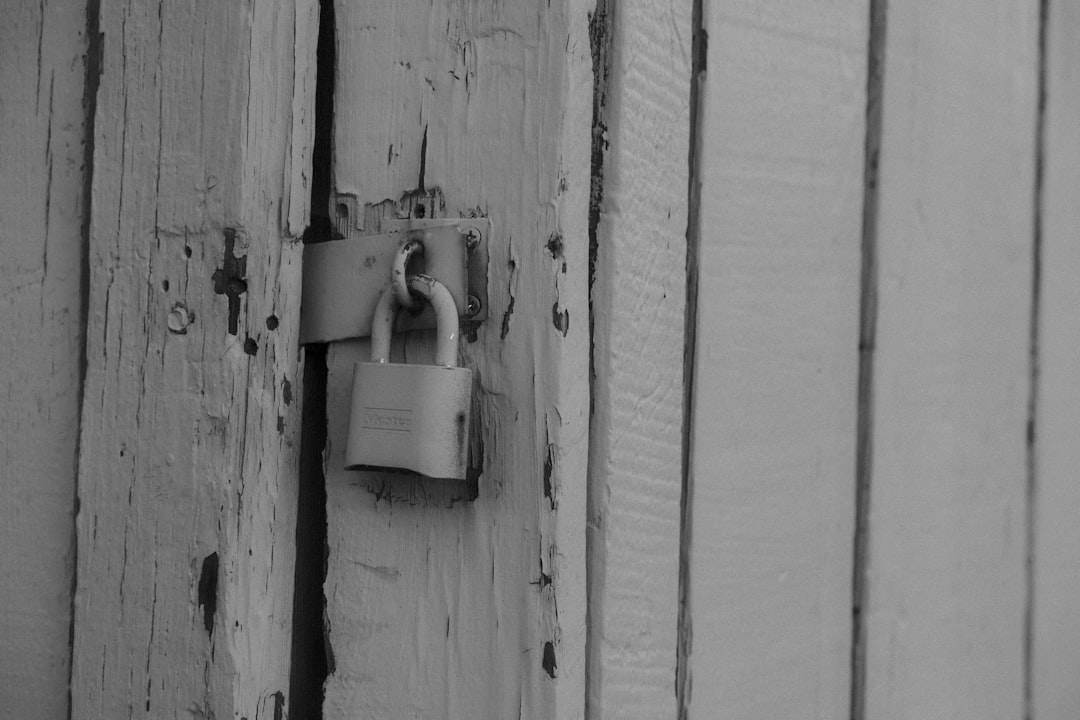Working from home has become more common than ever. But with remote work comes a big question: how do we keep our connections safe? Businesses need to protect their data. That includes making sure remote desktop connections are secure. Let’s take a fun and simple journey into how companies can do that.
Think of a Remote Desktop as a Portal. It’s like a magic door. You’re at home, but you’re walking straight into your office computer. Sounds cool, right? But just like any door, you don’t want strangers wandering in. So, let’s learn to lock that door tight!
Table of Contents
1. Use Strong Passwords
First tip: don’t use “password123.” Seriously. Just don’t do it.
Instead:
- Use long, complex passwords.
- Mix uppercase, lowercase, numbers, and symbols.
- Change passwords regularly.
Pro Tip: Use a password manager to help you keep track.
2. Turn On Two-Factor Authentication (2FA)
This is like having a second lock on your door. Even if someone knows your password, they still can’t get in without your extra approval.
You can get that second code from:
- A text message
- An authenticator app
- A security key
Bonus: It’s super quick and makes a huge difference in security.

3. Use a VPN (Virtual Private Network)
When you use public Wi-Fi, anyone could be watching your traffic. A VPN makes your connection private and encrypted.
It’s like putting your data in a secret tunnel before it travels across the internet.
Set up a company-wide VPN. This way, all remote workers get that level of protection.
4. Keep Software Up-to-Date
Hackers love old software. It’s full of holes they can sneak through.
Always:
- Update your remote desktop app
- Patch your operating system
- Install the latest security fixes
Updates may seem annoying, but they keep the bad guys out.
5. Limit Access
Not everyone needs access to everything. Give people only what they need to do their work and nothing more.
This practice is called “least privilege.”
Here’s how to do it:
- Create different user levels
- Restrict access to critical systems
- Review permissions regularly
6. Monitor Remote Desktop Activity
Watch who logs in, when, and from where.
If something looks off—like a login at 3 AM from another country—act fast.
Use tools that:
- Log events and connections
- Alert you to strange behavior
- Allow quick lockdowns
7. Don’t Skip Device Security
Make sure remote workers use secure devices.
- Install antivirus software
- Enable firewalls
- Avoid using public or shared computers for work

8. Educate Your Team
You can have the best tech in the world, but if Dave in Accounting clicks on a shady link… you’re in trouble.
Host short fun training sessions. Teach them things like:
- How to spot phishing emails
- Why updates matter
- How to store passwords safely
9. Disable Remote Desktop When Not In Use
If you don’t need it, turn it off!
Each open connection is a door. Too many doors, more chances for intruders. Keep only important ones open.
10. Use Secure Remote Desktop Software
Go with tools made by trusted companies. Look for ones that offer:
- Built-in encryption
- Session timeout
- Access approvals
Good tools = good security.
Final Thoughts
Securing remote desktop access doesn’t have to be scary. Think layers. Each layer—passwords, VPNs, monitoring—adds more protection. That way, your team can work from anywhere, and your business stays safe.
Remote work is the future. Just make sure you lock that virtual door behind you!




